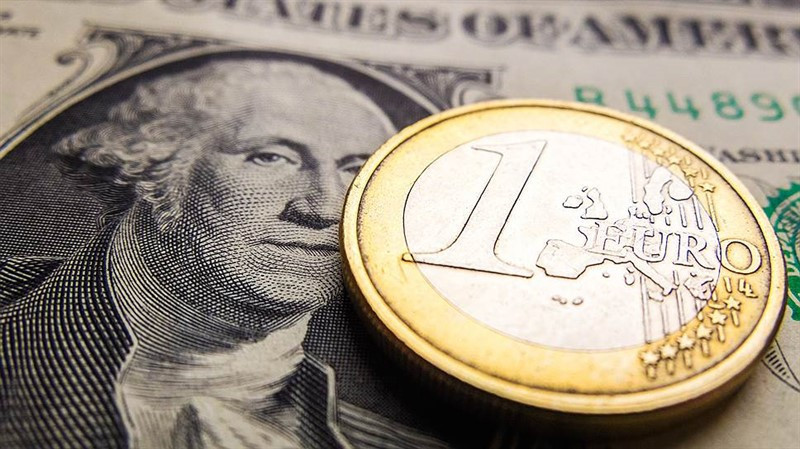
Following the results of the past five days, the greenback has noticeably fallen in price against its main competitors, returning to the levels of mid-August.
Over the past two sessions, the USD index has declined by almost 4%, which was the strongest two-day percentage decline since March 2009.
On Thursday, the dollar went into a tailspin, and global stocks soared after the release of a report that showed that inflation in the United States fell more than expected in October.
According to the US Department of Labor, consumer prices in the country rose by 7.7% year-on-year last month, compared with an increase of 8.2% in September, which is the slowest pace in the last nine months. Analysts on average predicted an 8% increase in the indicator.
Statistics indicating a slowdown in inflation in the United States raised hopes that the Federal Reserve would not have to raise the key rate as high as previously expected.
Against this background, the probability of a Fed rate hike by 50 basis points in December increased on Thursday to 80% from 57% on Wednesday. At the same time, expectations for the peak of interest rates in the United States fell below 5%.
As a result, investors began to abandon the dollar in favor of riskier assets.
The key indicators of Wall Street marked a significant increase on Thursday, rising by 3.7-7.4% during the day.
Meanwhile, the greenback suffered significant losses against a basket of currencies. The USD index sank by 2.5%, falling below the level of 108.00, whereas before the release of the October data on US inflation, it was trading with an increase of 0.5%, around 110.80 points.
On the last working day of last week, global markets remained optimistic, as investors continued to rejoice at weak US inflation data.
US stock indexes rose 0.1-1.9% on Friday.
"We got a potential view that the Fed may not have to act as tough as we thought in the last couple of weeks," State Street strategists said.
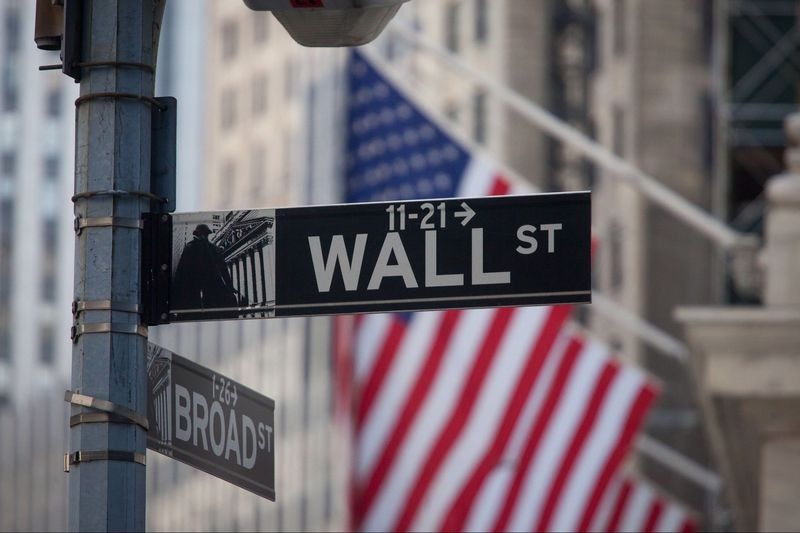
The main indicators of Wall Street ended the past week with a steady rise, increasing by 4.1-8.1% according to its results.
Additional support for the US stock market was provided by signals regarding the easing of Covid restrictions in China. The Chinese authorities announced a reduction in quarantine for people who have been in contact with infected COVID-19, as well as for those arriving in the country from abroad, from seven to five days.
In a risk-prone environment, the greenback was under strong selling pressure.
On Friday, the USD index sank another 1.4%, reaching almost three-month lows in the area of 106.30 points. According to the results of the last five days, the greenback lost about 4.3%.
Some experts warn that the Fed is unlikely to be influenced by a single inflation report. They point to the fact that past rises in US stock indices, fueled by optimism associated with the weakening of the hawkish mood of the Fed, have come to naught this year after discouraging economic data or rebuff from FOMC officials.
"We think the market is a little ahead of itself. The market can expect more reality checks from Fed officials, which would help the dollar win back more positions," Commonwealth Bank of Australia analysts said.
According to them, inflation in the United States is likely to remain high and will keep the Fed on the path of tightening monetary policy.
Analysts at Bank of Singapore hold a similar point of view. They believe that the Fed's work is still incomplete, and the central bank is unlikely to want the stock market to rise too much or bond yields to fall too much.
"If financial markets become too optimistic, FOMC officials will probably try to cool such a mood by warning of still high inflation," they noted.
Does the peak of inflation mean the peak of the dollar, strategists at MUFG Bank are wondering, who have been forced by the events of the past week to turn bearish on the USD, at least in the short term.
"After the surprise in the form of a decrease in inflation in the United States, we observed a strong drop in the yield of treasuries and the dollar, which leads to a well-founded question – have we just passed three peaks - for inflation, interest rates in America and the dollar. We believe that it is the greenback that will have to make the most efforts to reach new highs – this will require growth of about 7%," they said.
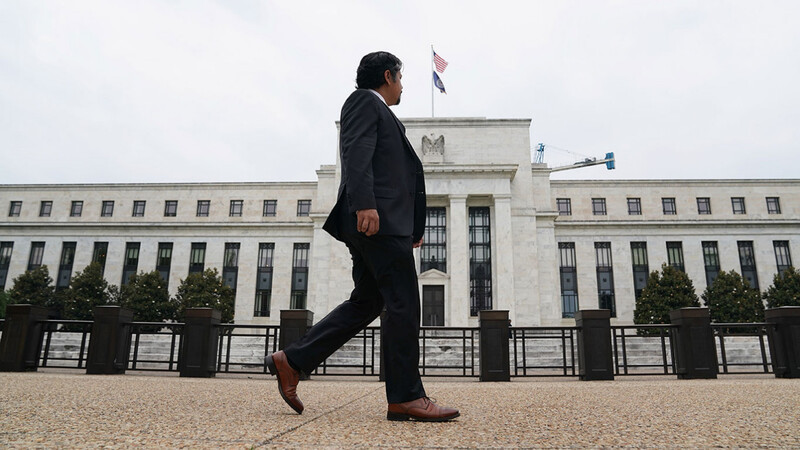
"The October US inflation data is just one month's worth of data, but the available data suggests that the decline may continue in the coming months. This may mean that the peak of interest rates in the country has also already been reached. However, the Fed will adhere to a hawkish policy, which may limit the scale of further USD decline," MUFG Bank analysts believe.
At the same time, they see the point of sticking to a bearish attitude towards the dollar due to potential further signs of weakening inflation in the United States.
"The greenback has already fallen by more than 5% since October 4, and, therefore, selling USD on the rally may make more sense from now on," MUFG Bank said.
Meanwhile, ING analysts believe that a steady downward trend in the US currency is premature, since the Fed's turn is not yet self-evident.
Member of the Board of Governors of the Fed Christopher Waller on Monday said that the reaction to the October report on inflation in the United States showed that the markets were far ahead of events.
He warned investors against excessive optimism, noting that the Fed still has a lot to do.
"We have a long, very long way to go to slow down inflation. The rate will continue to rise, and it will remain high for some time, until we see that inflation has approached our target level," Waller said.
He also noted that the markets should now pay attention to the end point of the rate hike, and not to the magnitude of each step. And this endpoint, according to Waller, is in the distance.
The head of the Fed Bank of San Francisco, Mary Daly, in turn, advised investors to stop thinking about the pace of rate hikes and start thinking about their level.
She believes that the Fed is entering a new phase of tightening monetary policy, in which it will be more difficult to act.
"The next phase will be much more difficult, because we have to take into account many factors. We need to take into account the factors of cumulative tightening and time lag in monetary policy. We should take into account the risks that exist in the global economy and the huge uncertainty about how inflation will behave," Daly said.
The US central bank raised its key interest rate by 3.75% in less than a year, and at the last four meetings it immediately raised it by 75 bps.
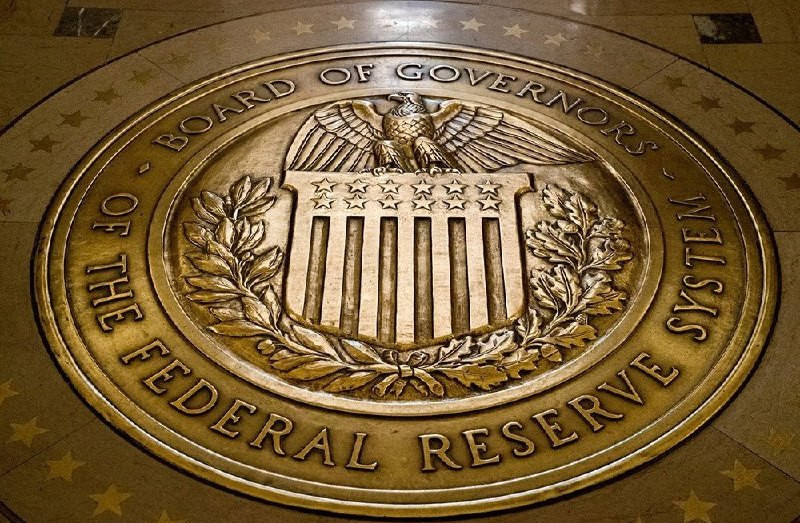
According to Daly, the main task of the Fed at the moment is to determine the level of the rate that will restrain activity sufficiently to bring inflation back to the 2% target.
These comments extended a helping hand to the dollar and put pressure on risky assets at the beginning of the new week.
Reflecting cautious market sentiment, key Wall Street indicators fluctuate between gains and losses on Monday.
Meanwhile, the greenback left behind two strong daily pullbacks and briefly returned to the area above 107.00, and then adjusted somewhat.
In case of strengthening of the upward momentum, dollar bulls will meet the initial obstacle near the 100-day moving average, which is now at 109.10. Next, they can target the multi-month resistance line around 109.40.
Above the last mark, the greenback can resume growth on a more stable basis.
On the other hand, the nearest target of dollar bears is the 105 mark, which acted as support in the period from May to August. There is also a 61.8% Fibonacci retracement level.
A decisive failure below this mark will confirm that the USD has recently been moving to a decline, and not just a correction within the framework of a long-term upward trend. Under this scenario, the greenback may well head to the 90-100 area.
However, Societe Generale strategists urge investors to be careful before confirming the dollar reversal.
"We are confident that the dollar will be significantly weaker in six months, but we remain cautious in the coming weeks. There are still traps for overly enthusiastic bears here. We are not 100% sure that we have seen the low for EUR/USD. The main currency pair seems to have come out of the downtrend, but there will be several more turns and reversals before a clear uptrend in the direction of 1.1200 appears," they said.
Now we are seeing a correction in the dollar's valuation, but it has not yet been completely defeated, Credit Agricole economists believe.
"The greenback has not been completely defeated yet. The American economy remains fairly stable, and the Fed's fight against inflation is far from over. The speech of Fed officials and retail sales in the US this week will focus investors' attention on how much more work the Fed has to do to tame inflation," they said.
According to Bloomberg, Americans have accumulated almost $5 trillion in cash.
On the one hand, these savings can soften the blow that inflation inflicts on consumers, on the other hand, the same money is likely to complicate the Fed's fight against inflation, forcing the central bank to raise rates even higher, the agency reports.
Morgan Stanley believes that the Fed will leave the key rate at a high level in 2023, since inflation will remain elevated, although its peak will be in the fourth quarter of 2022. The cumulative effect of tight monetary policy in 2023 will continue to be felt in 2024, the bank's analysts say.
The United States can avoid a recession in 2023, but Europe most likely will not succeed, according to Morgan Stanley.
"The aggravation of the energy crisis in the eurozone will cause serious damage to economic growth and increase inflation, while prolonged high inflation may lead to a larger-than-expected increase in interest rates and further tightening of financial conditions. This, in turn, creates growing risks of a sovereign debt crisis for vulnerable economies," IMF representatives said.
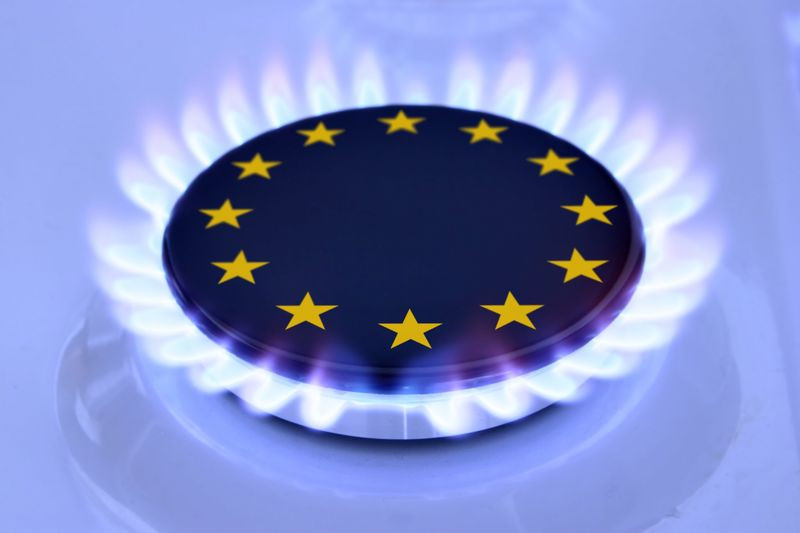
Europe with accumulated fuel reserves is able to withstand the coming winter, but next year the region risks again facing record prices for natural gas and electricity, according to a recently published report by an authoritative organization.
"Record high prices for electricity and natural gas represent a significant negative shock for the vast majority of European households, even in those countries that rely less on oil and gas imports. For European households, increased energy prices will increase the cost of living by 7% in 2022 and by 9% in 2023 compared to 2021," the document says.
Credit Agricole analysts warn that eurozone fiscal incentives may not prevent a recession, but instead contribute to a more aggressive tightening of European Central Bank policy and further strengthening of sovereign credit risks in the eurozone. This could damage the euro's appeal, as happened to the UK during the budget saga last month, they believe.
After an impressive two-day growth, the EUR/USD pair went into consolidation mode on Monday.
According to the results of the last five days, it jumped by almost 400 points, finishing in the area of 1.0350.
At the beginning of the new week, the pair failed to develop a positive momentum, tracking the weakening of risk sentiment in the markets.
However, Scotiabank economists still believe that the broader trends for EUR/USD are bullish.
"In the short term, we are looking for more reliable support in the area of 1.0250. The broader trends are bullish and support the impression that a long-term base/reversal is forming in the euro. An important resistance is in the area of 1.0375-1.0380. The key support is located in the 1.0095-1.0000 zone," they said.
Meanwhile, Rabobank expects that the main currency pair will return to parity.
"The market's attention to the peak of inflation is inappropriate: the issue for the Fed is likely to be maintaining price pressure. This implies that when interest rates in the US reach their peak level, they will remain higher for a longer time. This suggests that the dollar can keep most of the results achieved this year even longer," the bank's analysts noted.
"By the next ECB policy meeting, Germany may already be in recession. As has been the case with the UK in recent months, there is no guarantee that the euro will respond positively to a rate hike if the economic backdrop looks gloomy. Although we see the risk of a recession in the US next year, the prospects are not as serious as in Europe. EUR/USD expects strong resistance in the area of 1.0350-1.0370. We see the risk that parity will be reached again before this area is breached," they added.
The initial support for EUR/USD formed around 1.0300. If the pair falls below this level and starts using it as resistance, it can extend the decline in the direction of 1.0200 (the Fibonacci retracement level by 23.6%), and then test the 20-day moving average at 1.0175.
The nearest resistance is located at 1.0360. If risk sentiment starts dominating the financial markets again, the pair can easily overcome this mark, but then it will face tough resistance at the level of 1.0400 (200-day moving average) before aiming for 1.0500.





















